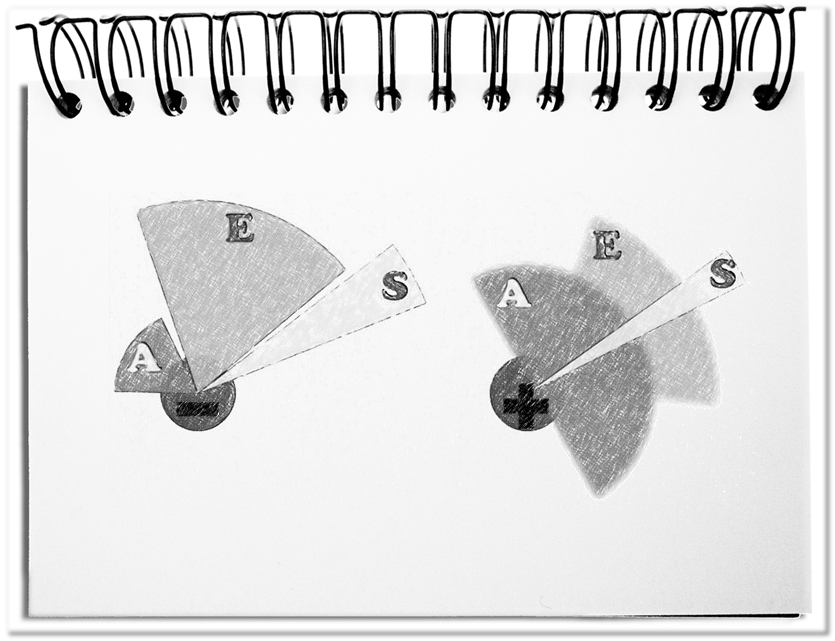If it is sometimes not going in the direction that you desire as a boss, in the first place the others are responsible. We assume that the ideas of the superiors are thoughtful, and meaningful in a consistent and beneficial way. The feedbacks of the colleagues create the impression that it is the right way. For any reason, however, the employees do not move in the desired direction. Actually, a nightmare for the boss.
The nightmare begins not immediately, since one explains oneself the missing momentum with lack of commitment. At a closer look you find three aspects that contribute crucially, that the forces of all unite into a common direction.
- Expectations
The expectations of the executives determine, above all, how strongly they are satisfied with the outcomes. Depending on character, they have negative fears or positive hopes. The expectations include the actions that should be done, the results that you eventually hold in your hands, or the consequences that result in the following. The management of expectations is difficult, since rarely, if at all, only a few people take care of documenting them comprehensibly for everybody. - Strategy
The long-term initiatives describe the direction of the enterprise. The individual aspects create the crash barriers for all employees, partners and even the customers. Here you find the vision that offers a conclusive snapshot of the future. It is supported by the mission that supplies the Raison d’être. During the management of everyday tasks the critical success factors, the weighted value disciplines as well as the descriptions of the strengths, the weaknesses, the opportunities and the risks help. The long-term direction needs clear messages, so that the enterprise builds upon it. The easily understandable and well documented strategy is the steering wheel that gives the enterprise the direction. - Activities
The many actions that are accomplished on all enterprise levels can only be collected and listed with very, very much effort. In larger companies, they understood that this collection is not economical. The efforts of all appear in the common results. It is only important to find the right level of detail for the description of the positions and processes.
A crucial executive task is the controlling and coordination of the interests of all involved people.
It becomes a nightmare, if the three aspects mentioned do not overlap. This minus scenario means that the leadership team formulates their strategy outside of their expectations and nobody accomplishes the expectations or the future picture. The employees make something that does not go into the desired direction. The good news is that the staff orientates themselves on each other and moves them jointly in a common direction. In this case you can forego the leaders, since their contribution does not impact at all.
The plus scenario provides in any case a way out by taking consciously care of the three aspects.
- This starts with the attitude. Should the employees only do, what they are told? Hopefully not, since otherwise the enterprise moves into a dead end. The creative ideas of the staff are what improve the enterprise. The minimum requirement is that they act into the general direction, however with enough free space for the new things.
- The same is valid for the expectations of the executive team. A broad positioning increases the opportunities of the company. On the one hand that comes from the different functions of work (e.g. development, production, sales). On the other hand there are the personal interests and the ambitions of the protagonists.
- The strategy should reflect as clearly as possible the results of the alignment of all involved people.
Bottom line: The executive nightmare that results from missing adjustment can be avoided. Clearly formulated expectations make the conceptions transparent. The sophisticated plan determines the general direction. The employees develop the actual implementation of the plans and realize the new operational sequences, the flat structures and a fruitful culture.

